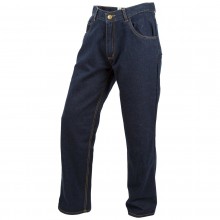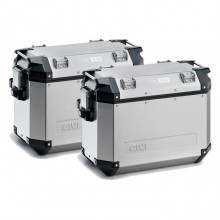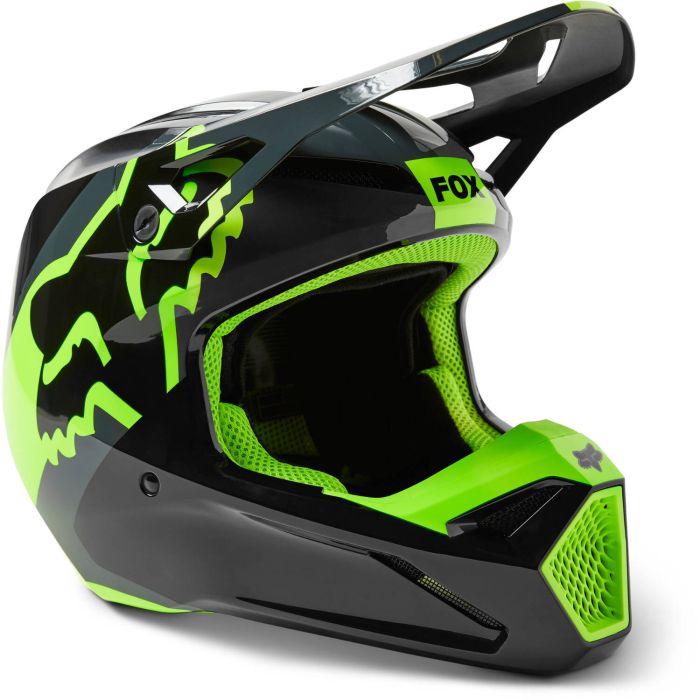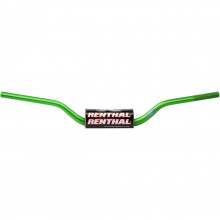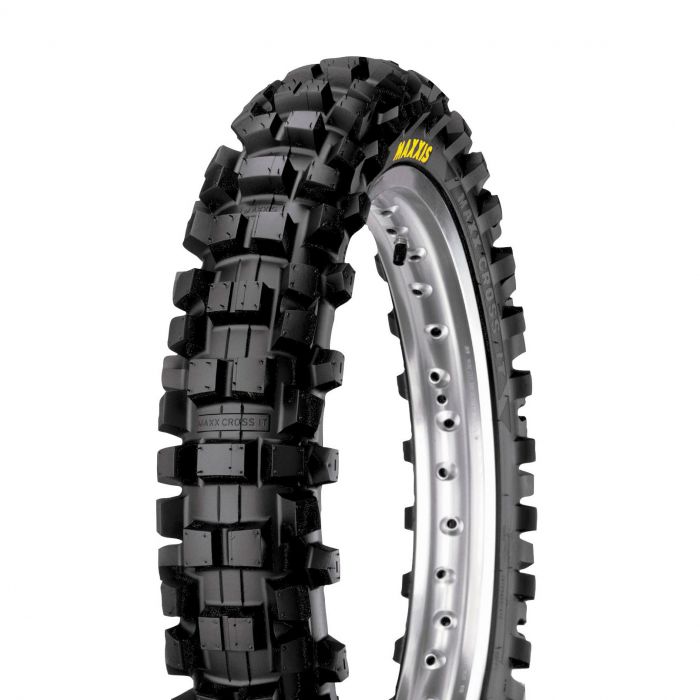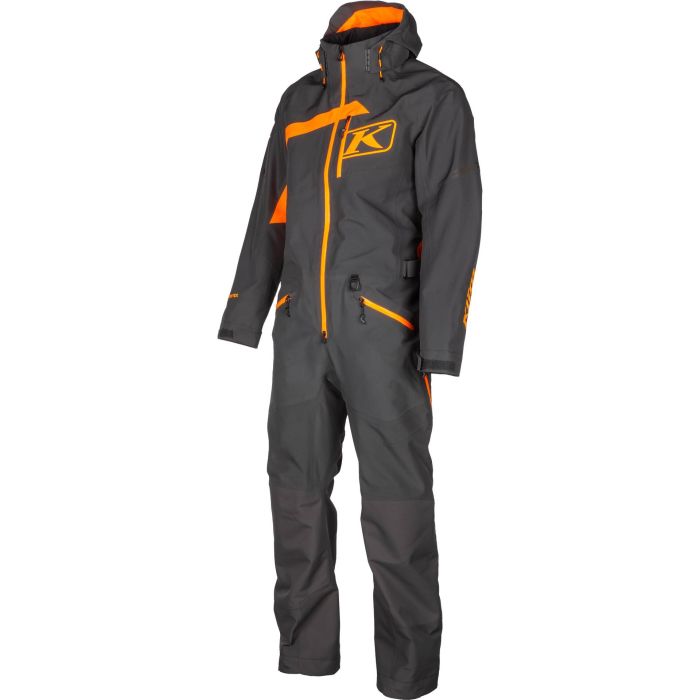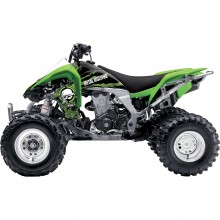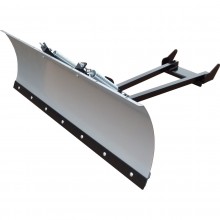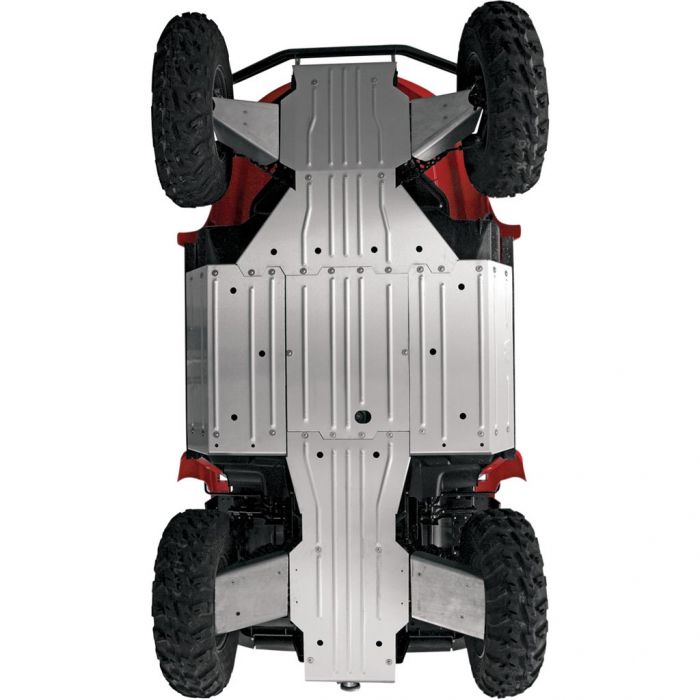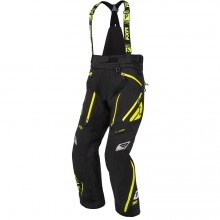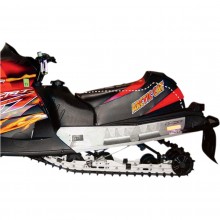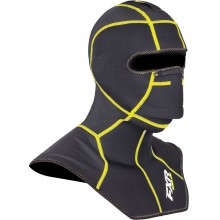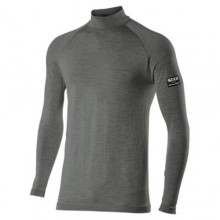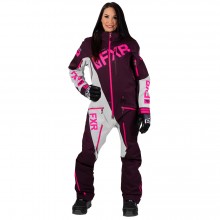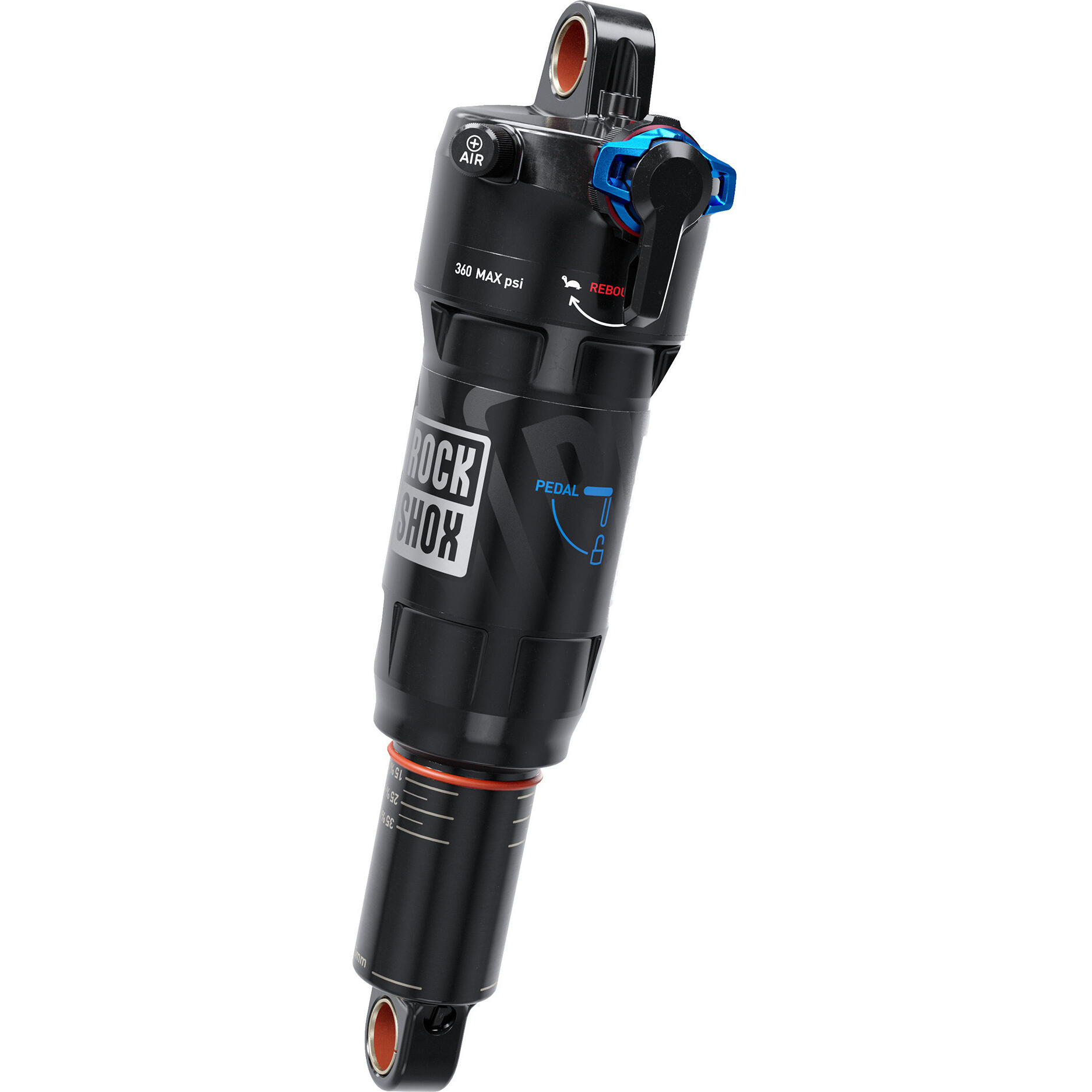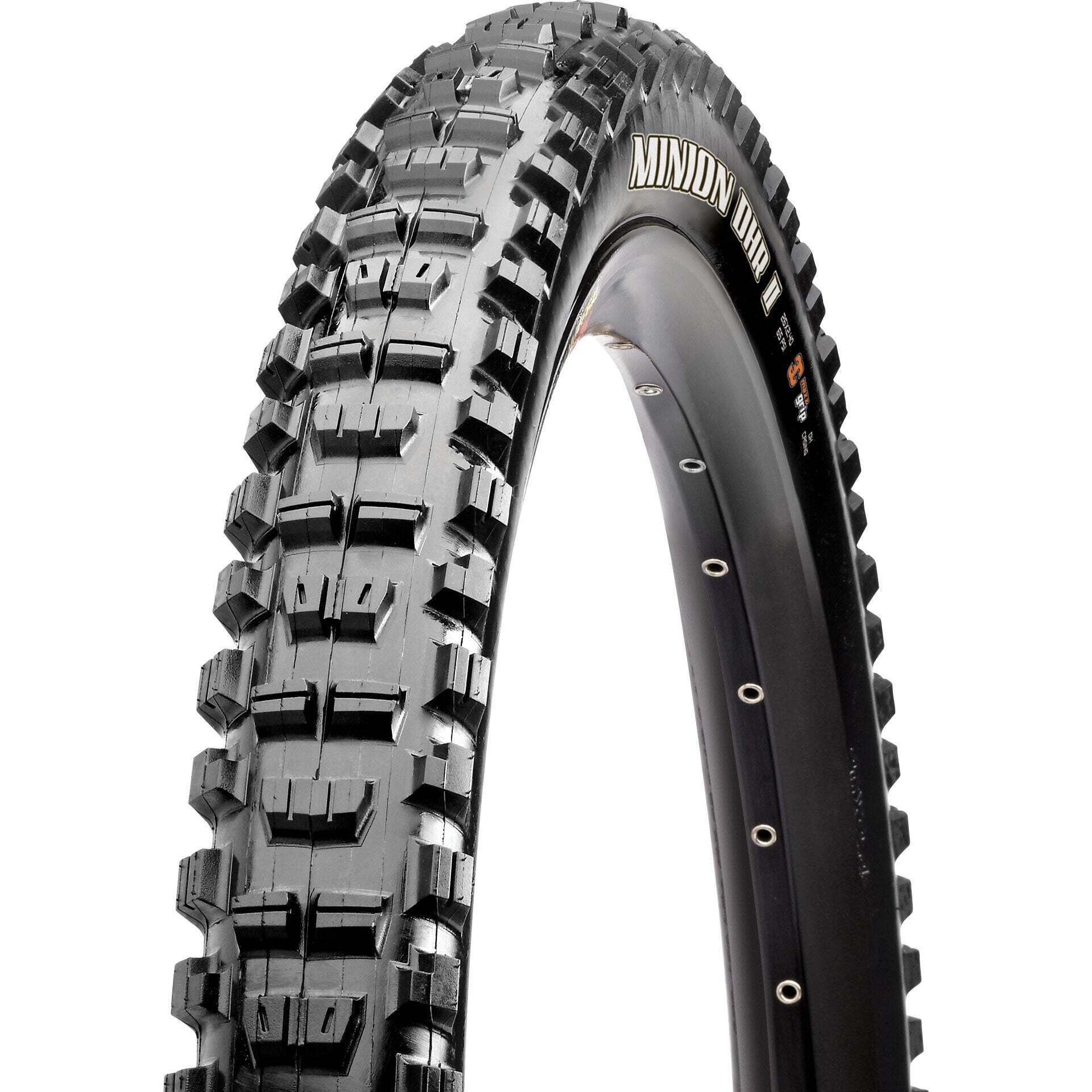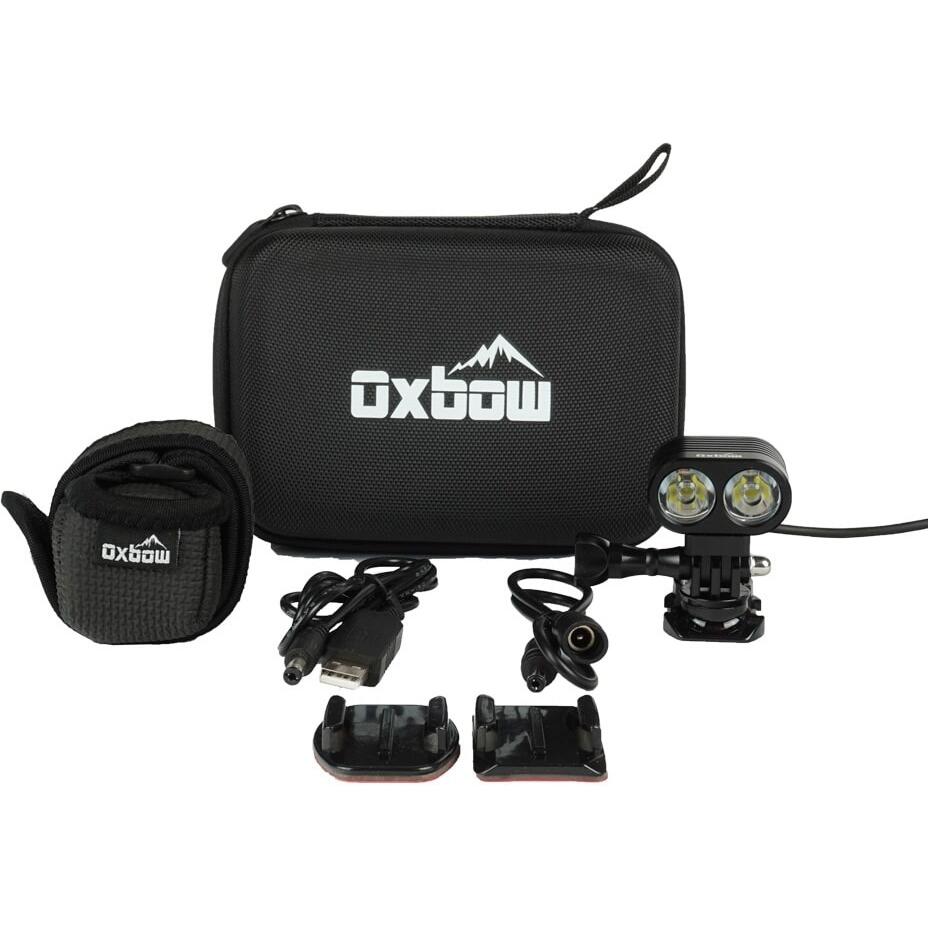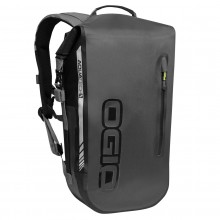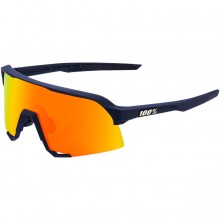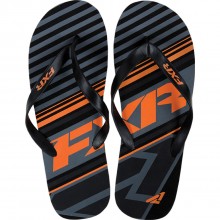Icon Hypersport Prime
This is the Icon Hypersport Prime. It costs 480 dollars which makes it the pinnacle of Icon’s iconic collection. We have a full suite of D3O armor, TPU hardware on the elbows and shoulders, TechMesh ventilation panels and somewhere between 1.2 and 1.4 millimeters of a very respectable cow.
But if you want a premium sport jacket … forget about Icon. That’s not their shtick, never has been. What Icon does best is inexpensive stunter-style gear. Which brings us to the Overlord.
Icon Overlord Jacket
A 190-dollar price tag makes this the littlest little brother of the Hypersport Prime but in my opinion, it’s barely a lesser jacket. Yes, you sacrifice the cowhide … but the Hypersport didn’t have enough of it to begin with. You also sacrifice the thermoplastic elbows and shoulders but unless you’re taking the Overlord to the track, external hard parts are needlessly uncomfortable.
In every other way, the Overlord mimics the Hypersport Prime. We get the same attack fit, same featureless cuff with a thumb loop to hold it in place, TechMesh in the same areas, same drop back for getting into a tuck position without indecent exposure. And on the inside it’s déjà vu all over again: Same removable thermal vest, same D3O armor on the back, shoulders and elbows, same cargo pockets, same device pocket with headphone loop and same lower pockets for a chapstick or something.
The only real concessions are that the Overlord has two less pockets on the inside, no zipper connection for pants and a lack of adjustability around the waist. There aren’t any external pockets on the Overlord but – alas – the Hypersport doesn’t have any either. So we have an entry-level sport jacket that shares most of its DNA with Icon’s top-of-the-line model.
To me, the major benefit of that is D3O. This stuff is viscoelastic, meaning it’s soft and comfortable on the body, yet becomes rigid in a crash. I personally choose to ride in D3O and it doesn’t come cheap, so getting a full suite from the 190-dollar Overlord is a big deal.
In terms of fit – I have a 39” chest which puts me in a medium, and a 33” sleeve which would put me in a large. I went with the medium, because Icon uses an American cut that is a little more generous when it comes to sizing.
The Overlord is a great street-oriented sport jacket. But if I want something for the track – or aggressive canyon carving – I’ll save my pennies and go Italian.
Alpinestars GP Pro Leather Jacket
This is the GP Pro from Alpinestars and it’s my first choice for a supersport jacket. The Italians use a tighter fit that is specially sized to your chest measurement and for a track day, that’s perfect. Any extra material only creates friction and allows my armor to move around, so I want a slim fit like this from my leathers. I went with a size 52, which is slightly bigger than I need around the chest, but it gives me enough length in the arm.
Protection is the main focus of this guy. 1.3mm leather is used everywhere except for this stretch panelling in the low-risk underarm area, so I can happily slide for ages in the GP Pro. The armoring is also solid in my opinion: Foam-lined TPU plastic on the pointy bits, and some softer armor spread around the chest and back … which I think is PE foam.
The back protector is a garbage foamie, but that’s alright because Alpinestars designed this jacket to be used with their bionic race protector that snaps in here. I would buy that add-on right away, because a CE Level 2 protector is required at some of my local tracks.
Of course, we get the back hump on the GP Pro, which reduces drag and the neck fatigue that comes with it. I don’t ride fast enough to feel that benefit, but the hump looks cool and I can still wear a low-slung backpack over it, so might as well have it. If you disagree, there’s the Alpinestars GP Plus R which is a similar jacket minus the hunchback and a few of these leather perforations.
Of course the jacket is attachable to A-stars riding pants via this zipper. To me that’s a non-negotiable feature because you might be feeling a lot more than the breeze when your jacket and pants pull apart.
We also have a couple luxuries that make the GP Pro somewhat practical. Two external zipper pockets, two internal cargo pockets, and this waterproof pouch which is my favourite touch on the whole jacket. No one rides without a smart phone nowadays – might as well have a safe place to keep it.
Now – the Alpinestars GP Pro is the best aggressive sport jacket for my money. But a lot of people make that wise choice, and I don’t want to be lost in a pack of 15 A-Stars on my next track day.
Dainese Veloster Leather Jacket
To stand out, I’m tempted by Dainese’s Veloster. Just look at the detailing here – the reflective panelling, the shiny anthracite, Dainese’s name raised in double leather on the forearm and their logo stitched into the back. It’s a masterwork of craftsmanship and I can honestly say that it feels 150 dollars better than the GP Pro. Which it is.
Protection is top-notch. Elbow and shoulder pads are EN 1621-1, meaning that less than 35kN was transmitted through them during testing. We also have a pocket for a CE Level 2 back protector, which would make the Veloster track-ready if you so desire. I’d probably use this jacket on the street, so my preference would be to throw a D3O back pad in there.
In terms of fitment, this splashes down in the Atlantic Ocean – it’s right between a European and American cut. I have a 52 here – same as the Alpinestars we just saw. But there’s more room to move in the midsection and more of a traditional length on the sleeve. It’s still sporty, but one step closer to casual comfort.
I chose this jacket because I think it looks phenomenal; I was surprised to find out how practical it is too. There’s no such thing as a four-season jacket in Canada, but the Veloster is a hard three. It has a full thermal liner and enough breathing room to layer a microfleece underneath. And then I can remove the liner and open up these rear vents on a hot day.
Spring, summer or fall – I think I look best in this jacket. And FortNine doesn’t sell too many of them, so I’m bound to stand out from the pack.
Dainese Hydra Flux D-Dry
Now, I could end my favorite sport jackets at that. But there’s this weird little thing that keeps nagging at me: Dainese’s Hydra Flux D-Dry.
Normally there are mesh jackets and there are waterproof jackets. But this is both. If you look at it, the whole thing is pretty holey. Other than some denser textile on high impact zones and this reflective piping, the entire jacket is mesh. But when you look inside, it has this removable, waterproof undershirt. Which is weird.
With the waterproof liner folded up in my pocket, the Hydra Flux is probably the best mesh sport jacket that I know of. Feather light, super comfortable – it feels like you’re not wearing a jacket at all. Then when I put the waterproof liner back in, it actually keeps me dry.
But there’s a rather annoying problem. The waterproof liner is below the mesh, so rain still soaks into the outer part of this jacket. And it is really cold to have the water that close to your skin. I’d say summer-use only on this guy, and even then it’s not ideal in the rain.
My other beef is the two outer pockets. They’re above the waterproof liner, so whatever you put in here is gonna get soaked faster than you can say “tut tut, looks like rain.”
On a positive note, the padding is mostly adequate – foam-lined plastic on the elbows and shoulders is great, but there is an empty pocket at the back for Dainese’s wave back protector to complete the set.
As a waterproof jacket, I’m not sold on the Hyrda Flux. But it’s a perfect mesh jacket for sport riders and if you can find a use for the waterproof undershirt, power to you.





